5 Container Garden Design Mistakes Spoiling Your Planting Efforts — And How to Fix Them for a Beautifully Potted Display
Don't let these common faux pas take away from your green-thumbed skills if you're working with a potted garden

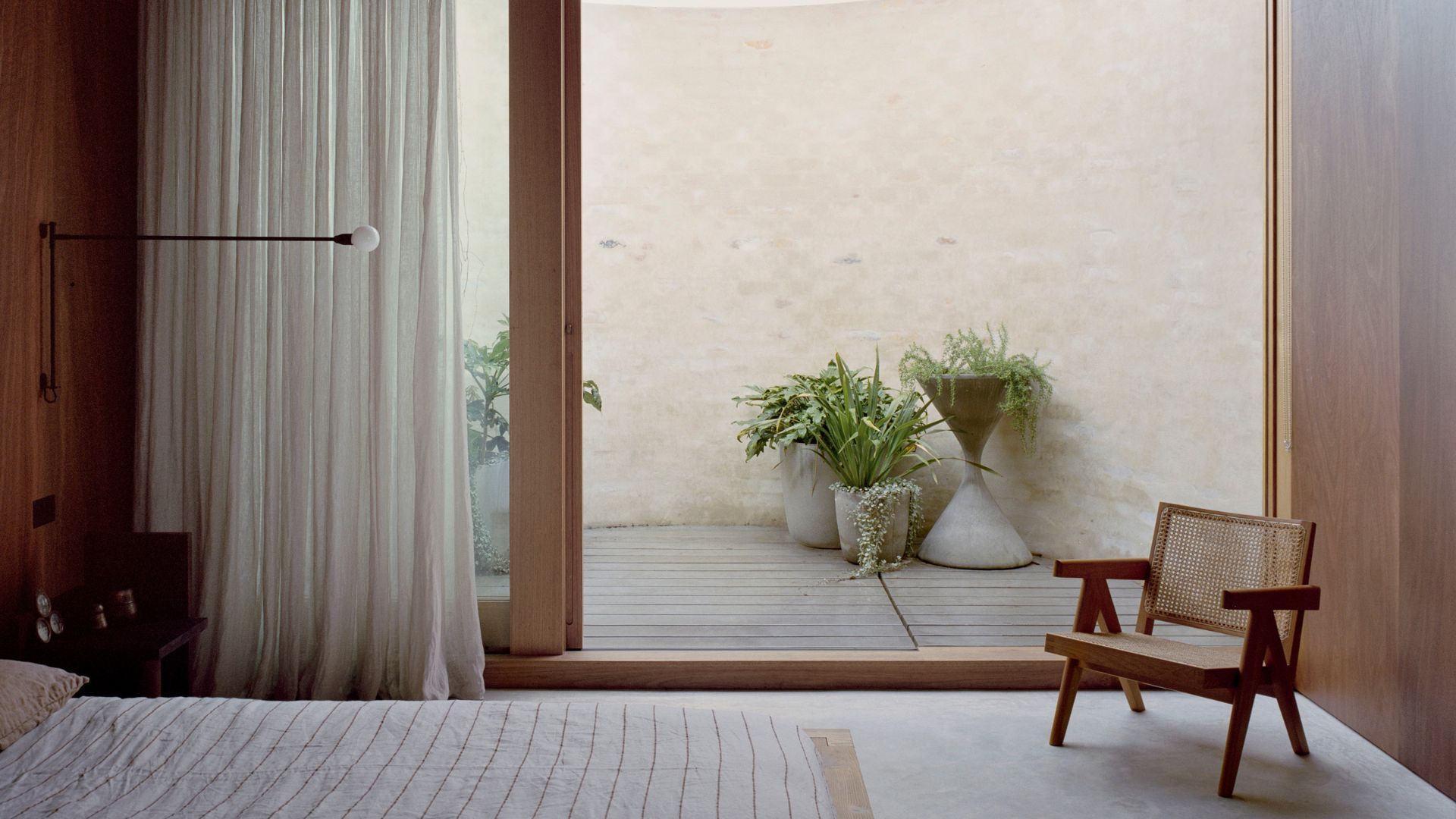
For so long, I've been under the great misconception that in-ground gardening is far superior to potted setups. However, having recently seen so many wonderful landscape designers make planter gardens look so elegant, I must admit I stand corrected.
And happily so, since the limited outdoor space I have to work with now has plenty of untapped potential. However, before committing to container gardening, I asked the experts why potted gardens often look out of place and incomplete.
Now that they've laid out the typical errors in design, we can steer clear of these faux pas and transform the smallest plots into lush living spaces. But first, let's learn how to fix these mistakes.
1. Selecting the Wrong Planter Size
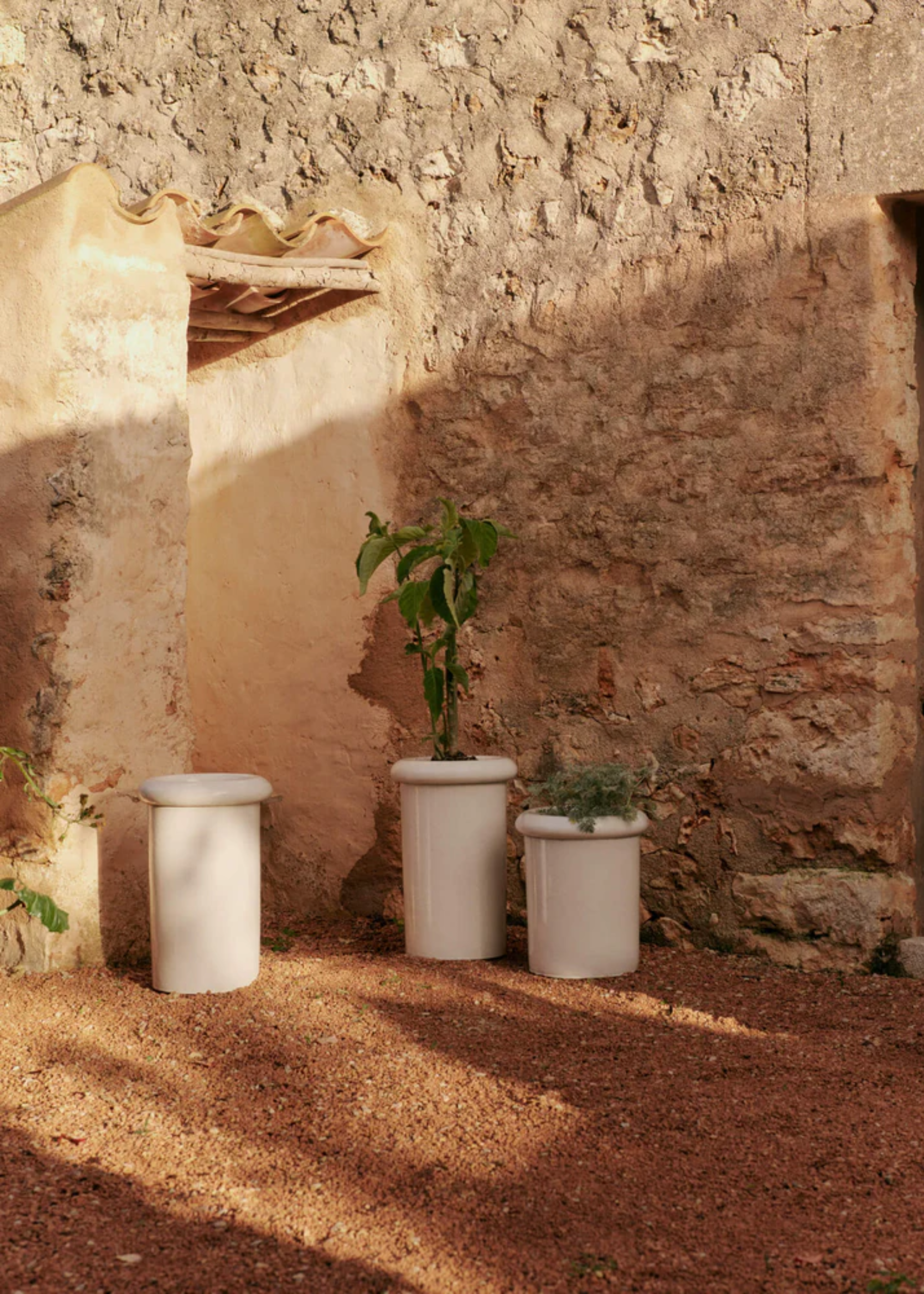
Landscape architect Larry Domingue tells me that selecting the wrong-sized container is a common container gardening mistake that quickly disrupts the beauty of a potted setup.
"Too small, and your plants become root-bound. Too large, and the water distribution becomes uneven," he says. "Container size should match the plant’s mature size and root system. It’s also important to consider depth for herbs versus flowering annuals or shrubs."
Not to mention, a large pot can make your plant look far too bare, and a small pot can make your planting look disproportionate and overcrowded. So it's best to select your pot based on your planting idea, like extra-large planters for trees and more compact versions for succulents. Or, rethink the type of plant if you have planters you're yearning to display.
Larry Domingue has a background in landscape architecture. Drawing from his expertise in site planning, spatial design, and material performance, he approaches each project with a dual lens by combining his deep understanding of landscape architecture with an intimate knowledge of custom products and materials. In a landscape architect capacity, Larry collaborates closely with clients to ensure that every planter, site furnishing, or architectural element not only meets performance and aesthetic goals but also aligns seamlessly with broader design visions.
2. Overcrowding Each Pot

"Stop overstuffing your pots as if you are thrifting for a TikTok haul," says garden designer Andy Wu. While it might not seem like a big deal, overcrowding your planters is one container garden design mistake you'll want to avoid.
The Livingetc newsletters are your inside source for what’s shaping interiors now - and what’s next. Discover trend forecasts, smart style ideas, and curated shopping inspiration that brings design to life. Subscribe today and stay ahead of the curve.
You might want to create a stunning palette of flowers and foliage, but an overpopulated planter can come across as try-hard. And it can also hinder the growth of your crops, making your potted mini meadow fail your space.
"Improper pot size leads to root-bound plants and stunted growth," he notes. "Yet I see people cramming fifteen plants into a pot, all for that trendy 'abundance effect.' Be real, your plants need some space to breathe."
But that's not to say you can't have fun with your container garden. For instance, you can rely on our thrillers, fillers, spillers planting guide to plant up a texturally diverse vignette of verdure.
Andy has spent over two decades working with gardening and outdoor designing, having undertaken his first backyard project in 2003. Based in Atlanta, Andy founded Backyard Oasis with the mission to provide homeowners with one-stop shopping for outdoor products that are long-lasting and of top quality after being frustrated with the quality of items provided by neighborhood dealers.
3. Including Containers Without Drainage
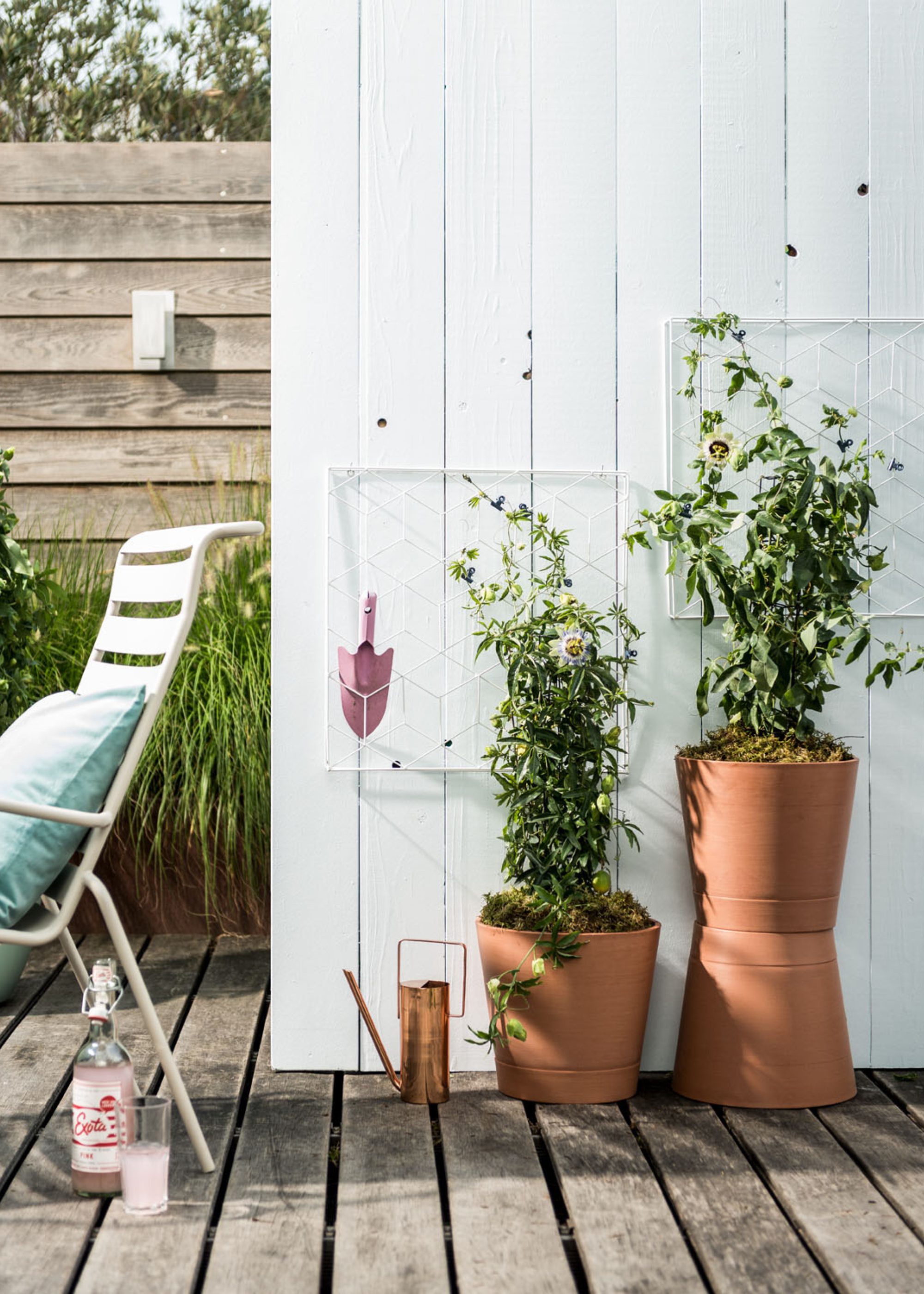
According to Larry, one of the most overlooked design details in a container garden is proper drainage. Yet another error that can cause your potted plants to dampen the style of your backyard.
"Without holes or adequate drainage systems, plant roots can become waterlogged, leading to rot and disease," he says. "I recommend using planters crafted with drainage in mind or that can be custom-drilled to suit your specific needs, like the collection from Hooks & Lattice."
And if you're looking for some retail inspiration to accessorize the right way, I suggest scrolling through our guide to the best outdoor planters for a stylish new home for your patio plants.
4. Showcasing Crops in Plastic Pots

If you ask me, leaving plastic growing pots out on display is one of the worst container garden design mistakes you can make. They can make your garden look tacky and will take away from the most stunning plants.
Right now, there are so many stylish planter styles to pick from. And there's virtually no excuse for you to be showing off your potted plants in cheap, gray, boring plastic pots.
And if you can't escape the plastic growing pots, then at least cover them up by placing them in a woven basket or a prettier, deeper pot. This Patterned Weave Water Hyacinth Planter from John Lewis and this Giant Mandalay Planter from OKA are my current favorites.
5. Neglecting Aesthetic Cohesion

Some container garden design mistakes go beyond location, and the neglect of aesthetic cohesion is definitely one to watch for. As with houseplant styling mistakes, it's important to cherry-pick your pots to best suit your space.
"Mismatched planters or poorly balanced arrangements can visually clutter your outdoor space," says Larry. "Think of your containers as part of the overall design, be it window boxes and railing planters to hanging baskets and troughs. This will allow you to unify your look with ease."
So, whether you're decorating your modern garden with a group of potted plants or you have a Mediterranean garden theme on display, remember to select your planters to match your al fresco space.
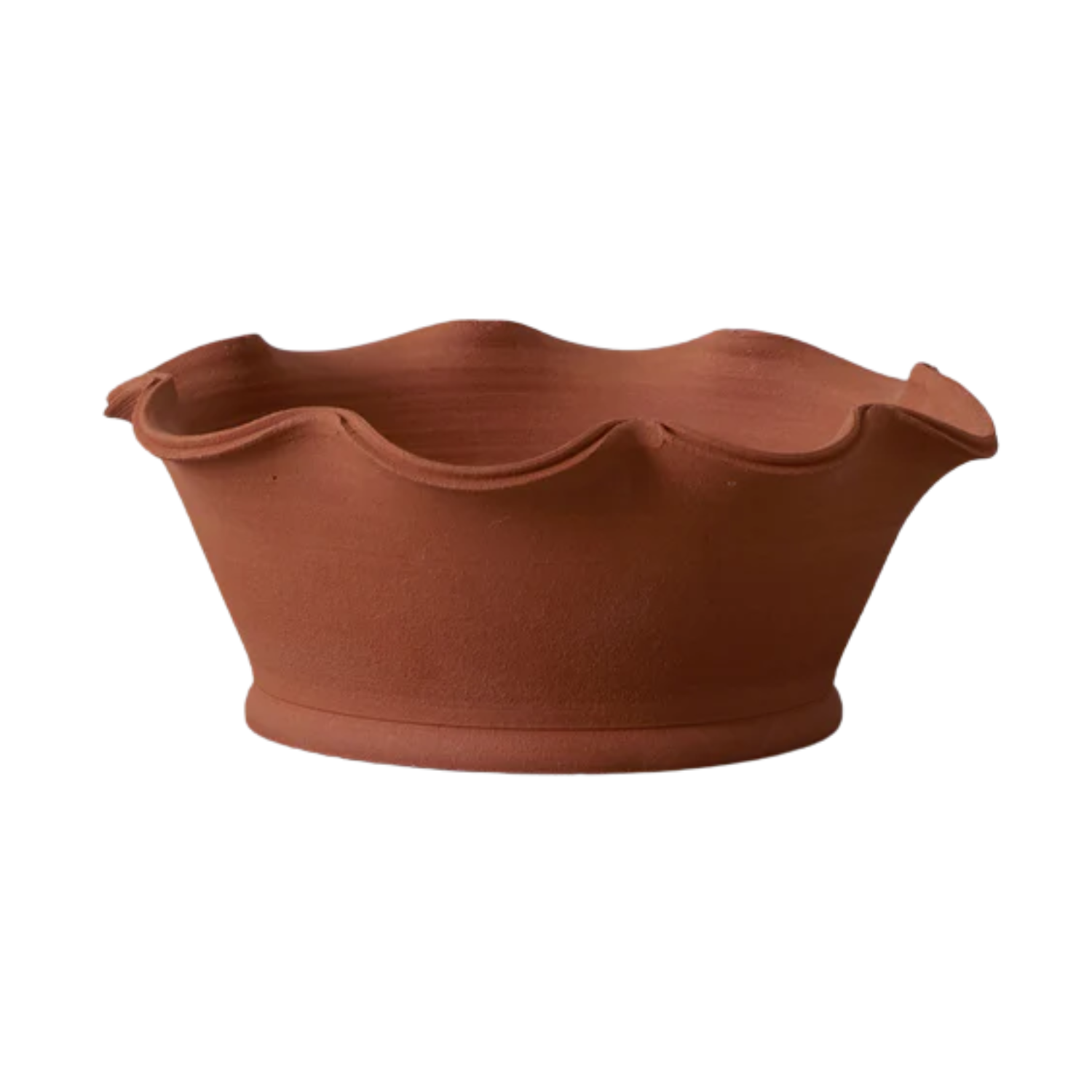
Color: Terracotta
Bring your dream of a fragrant herb garden to life with this rustic Willow Pottery Herb Pot from TOAST. A scalloped-edge stunner!
FAQs
What Is a Disadvantage to Container Gardening?
"The most significant disadvantage is that container gardens need to be watered more and fertilized more often than garden plants," says Andy. "They are cold-sensitive and more susceptible to death from drying out. And, naturally, you're space-constrained. Farewell, vegetable garden sprawl dream."
Now, if all the space you have for a container setup is a sunny lookout, take inspiration from our guide on how to design an east-facing balcony for a flourishing green nook.
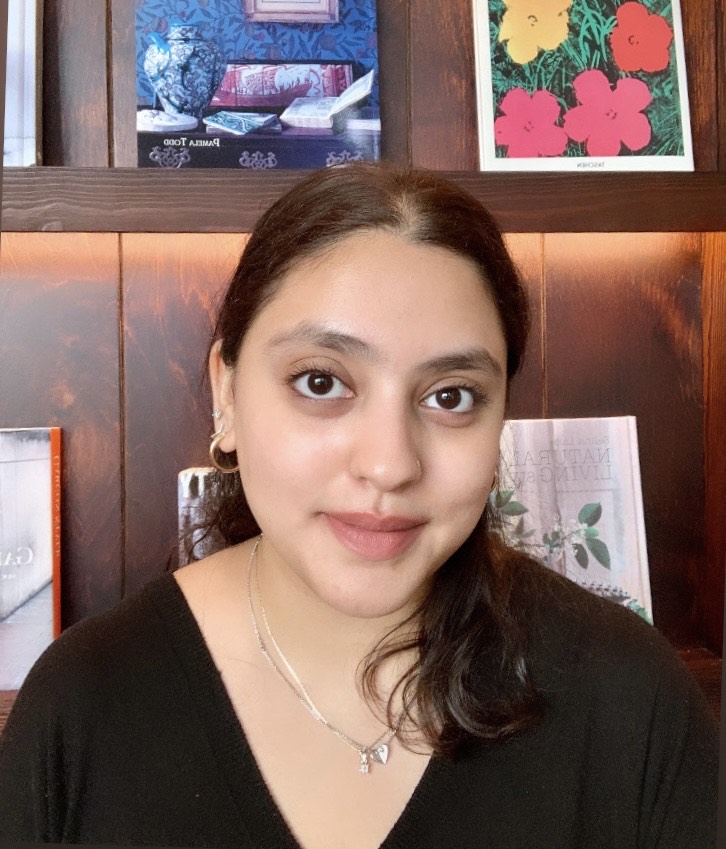
Amiya is a Home Wellness Writer at Livingetc. She recently graduated with a Masters Degree in Magazine Journalism from City, University of London, and has lent her words to beauty, fashion, and health sections of lifestyle publications including Harper’s Bazaar and Women’s Health. Her experience as a research analyst has equipped her with an eye for emerging trends. When she’s off the clock, she can be found reading, listening to music, or overanalyzing her latest Co-Star update.

